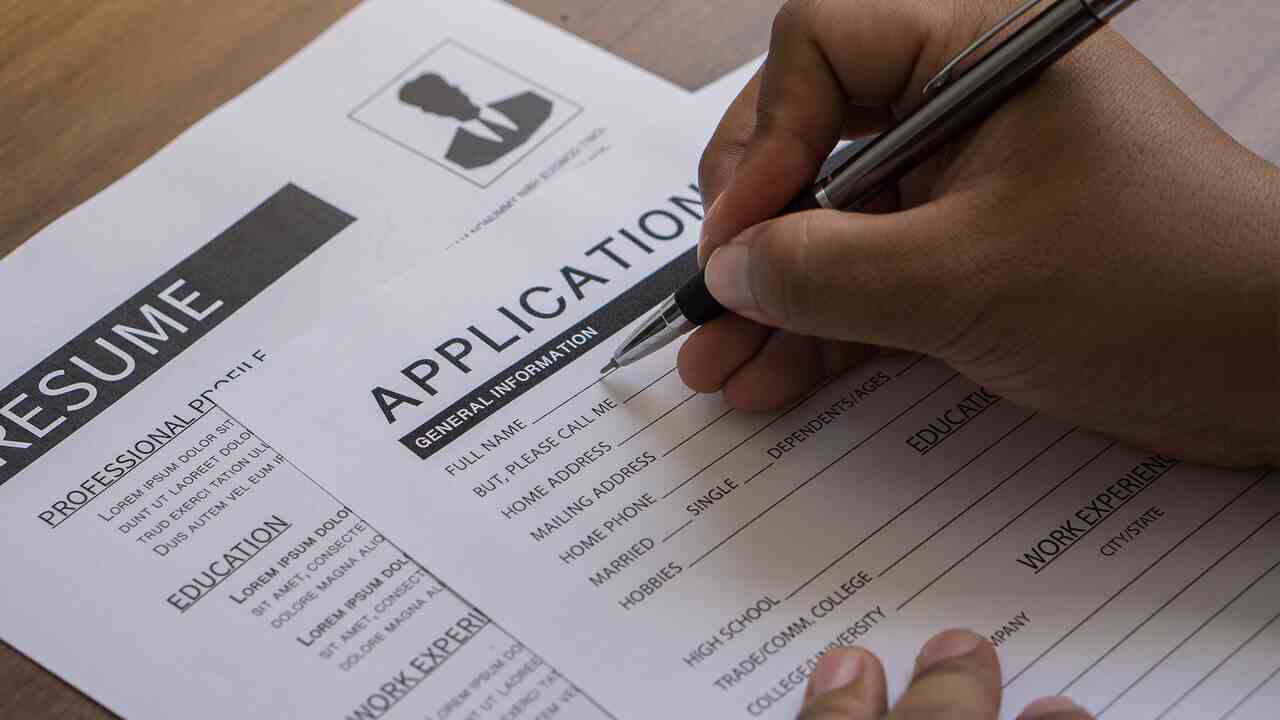You crushed the interview (or at least survived it), and now comes the part no one talks about enough: the waiting.
Do you follow up? When? What do you say? And how do you sound confident without coming off as clingy or pushy?
Following up after an interview can actually help your chances—if you do it right. Here’s a guide to making your follow-up feel professional, polished, and totally not desperate.
1. Yes, You Should Follow Up
Some people worry that following up is annoying. It’s not. In fact, it shows interest, initiative, and professionalism.
Most hiring managers expect a follow-up of some kind. What matters is how you do it.
The golden rule: be brief, be kind, and don’t make it about pressuring them.
2. The First Follow-Up: Send a Thank-You Email
Timing: within 24 hours of your interview. Don’t overthink it—just send it.
What to include:
- A quick thank-you for their time
- A reference to something specific from the conversation
- A sentence reinforcing your interest
- A polite sign-off
Example:
Hi [Interviewer’s Name],
Thank you again for taking the time to speak with me today. I really enjoyed learning more about the team and the exciting work happening at [Company].
Our conversation about [specific topic] gave me even more confidence that this would be a great fit, and I’d love the opportunity to contribute to [something you discussed].
Please don’t hesitate to reach out if you need anything else from my end. Looking forward to next steps!
Best,
[Your Name]
That’s it. Clean, clear, and shows you were paying attention.
3. What If You Interviewed With Multiple People?
Send separate thank-you notes to each person if you can. It shows respect and helps build individual connections.
Don’t copy-paste the same message. Change at least a line or two to reflect what you talked about with each person.
If you don’t have all their emails, ask your main contact or the recruiter to forward one message on your behalf.
4. When to Follow Up Again (If You Hear Nothing)
Let’s say it’s been a week and you haven’t heard anything. Should you nudge?
Short answer: yes. But timing and tone matter.
General guideline:
- If they gave you a timeline (“we’ll decide by next week”), wait until 1–2 days after that.
- If no timeline was mentioned, follow up around day 7–10 after the interview.
This second message is not a “Where’s my offer?” email. It’s a soft check-in.
5. What to Say in Your Follow-Up Message
Keep it short and friendly. You’re not demanding anything—just showing you’re still interested.
Example:
Hi [Interviewer’s Name],
Hope you're doing well! I just wanted to follow up on our conversation from last [day of week]. I really enjoyed learning more about the [team/role], and I remain very enthusiastic about the opportunity to contribute at [Company].
Let me know if there’s anything else I can provide as you move forward with the process.
Thanks again, and looking forward to hearing from you.
Best,
[Your Name]
No pressure, no guilt-tripping—just a warm reminder.
6. If It’s Been Two Weeks... Now What?
If you’ve already followed up once and still haven’t heard anything after another full week, it’s okay to check in one last time.
Make this message even shorter—and keep the door open.
Example:
Hi [Interviewer’s Name],
Just checking in to see if there have been any updates regarding the [Job Title] role. I’m still very interested in the opportunity and would love to stay in touch either way.
Appreciate your time and consideration!
Best,
[Your Name]
Sometimes, no response just means they’re still deciding. Other times, it means you didn’t get it—but they’re too swamped to send a rejection note.
Either way, you stayed professional.
7. What Not to Say (Avoid These Traps)
- “Just wondering if I got the job?”
- “Please let me know ASAP, I have other offers.”
- “I haven’t heard anything in 10 days, and I’m really frustrated.”
- Anything that reads as passive-aggressive (like “I guess you’re busy…”)
Even if you’re feeling anxious or annoyed, don’t let that leak into your message. The goal is to leave a positive impression—even if you don’t get the job.
8. Can You Call Instead of Email?
In most cases, stick to email unless the company culture is very casual or the interviewer specifically gave you their number.
Calls can feel intrusive and may catch the hiring manager off guard. Emails give them space to reply on their schedule.
The only time a call is okay? If you were told you’d hear back by a certain day, and that day has passed by more than a few days and they’ve been communicative before. Still—email first.
9. Should You Follow Up on Rejections?
It depends.
If you made it past the first or second round and want feedback—or if you’re truly interested in working with the company in the future—it’s worth replying to a rejection with grace.
Example:
Hi [Interviewer’s Name],
Thank you for letting me know. While I’m disappointed to not move forward, I really appreciated the chance to speak with you and learn more about [Company].
If you have any feedback you’re open to sharing, I’d be grateful. And I’d love to stay in touch in case there’s a future fit.
Wishing you and the team all the best!
Best,
[Your Name]
Keep it classy. You never know what doors might reopen later.
10. Follow-Up Isn’t About Pestering—It’s About Professionalism
The real reason you follow up isn’t to bug someone into hiring you. It’s to show you’re serious, communicative, and respectful.
Hiring takes time. People get busy. Emails slip through cracks. Your follow-up helps you stay top of mind—and proves that you’re someone who takes initiative without overstepping.
Do it right, and it becomes part of your professional brand.



